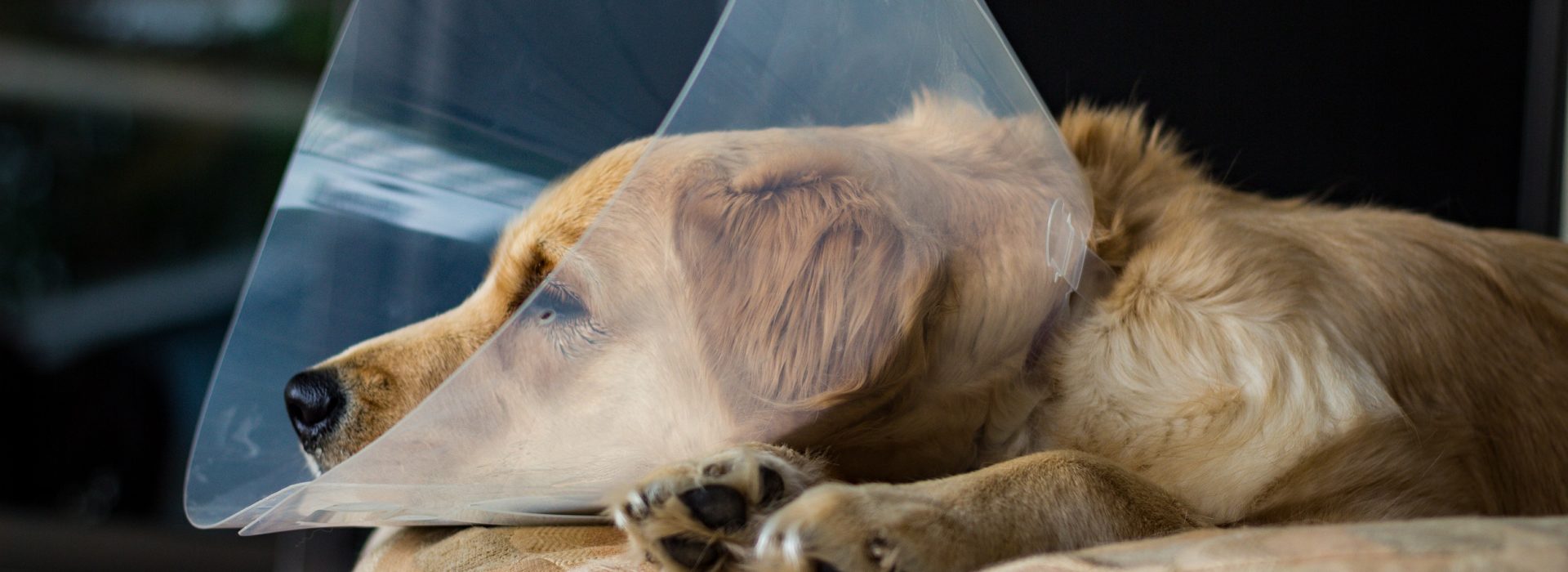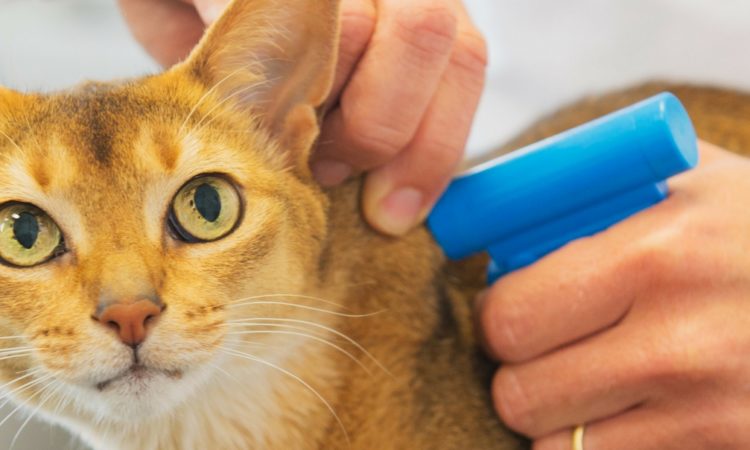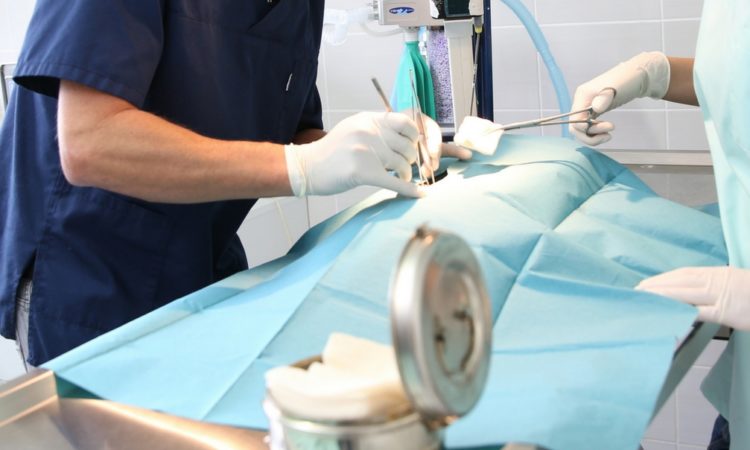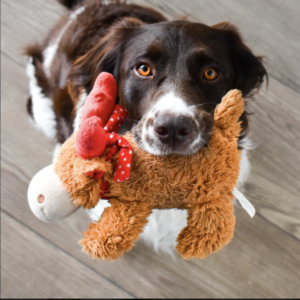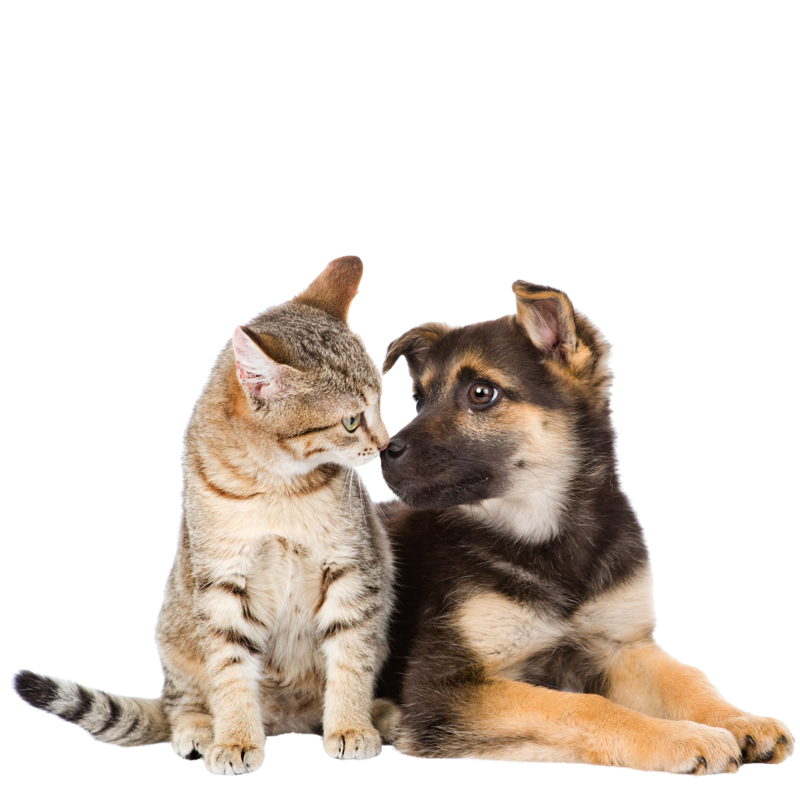Spay and neutering is a routine procedure we perform to stop your pet’s ability to have puppies/kittens or father a litter. Overpopulation is a huge problem, with countless unwanted pets being euthanized yearly. Spay or neutering not only stops your pet from reproducing but also decreases the amount of unwanted furry friends.
How do you perform the procedure?
To ensure your pet’s safety, we perform the procedure while they’re under general anesthesia. Before we put your pet under, we do pre-anesthetic testing, which includes bloodwork to ensure your pet’s body will respond well to the medication. We’ll run through the details of the surgery before the day of your pet’s appointment to ensure you feel comfortable and have all of your questions answered.
For male pets, we make an incision near their scrotum to remove their testicles. For female pets, we make an incision near the stomach to remove their ovaries and uterus. In addition to removing your pet’s reproductive organs, the procedure also eliminates many of the behaviours associated with your pet’s heat cycle. For example, after the procedure, you’ll notice your pet roams, whines and clings to you less.
How should I take care of my pet after the procedure?
Since this is an intensive procedure, it’s important to closely follow our post-surgery instructions to ensure your pet’s recovery. You should be closely monitoring them after the first 48 hours of surgery to ensure there aren’t any complications. Limit your pet’s physical activity and ensure they recover indoors for the first week after the procedure. It’s also important to check their incisions daily to make sure they’re not licking them and they don’t become infected. If you notice any signs of infection, you should call us immediately at 604-940-0899. Signs of an infection include:
- Redness
- Bad smell
- Swelling
- Discharge
- Open incision


